The actual beginning of the work of the local museum dates back to April 24, 1950. The founding conference was attended by about 40 citizens, Assistant Minister of Education of Bosnia and Herzegovina Vlajko Ubavić, Director of the National Museum from Sarajevo Špiro Kulišić, Commissioner of the Regional People’s Committee for Education Mihajlo Laličević.
The following were elected to this council: Radovan Papić, president, Dušan Grk, vice president of the Regional People’s Committee, Husaga Ćišić, Sava Semiz, Fr. Pavo Dragičević, professors: Boso Miladin, Munevera Mahić, Dimitrije Kurilić, Sulejman Kulenović, Duško Čapin, Filip Bašić and Božo Pejković; then Commissioner for Education and Culture ONO Mihajlo Laličević, Safet Čišić, Nada Bitanga-Novak, Mile Ratković, Puba Losse, Mirko Bruk, Hasan Dedić, Karlo Afan de Rivera, Zorka Ostojić, Dobro Kuljić and Malaček.

The four departments of the Museum: Department of History, Archaeology, Ethnology and Literature became and remain the basis of work until today.
Already in 1955, the first permanent exhibition was opened, where the ethnographic materials and documentation collected up to that time were displayed. The preparations lasted several years. In the period of 1953, the exhibition was partially resolved, so that in 1954, a larger budget for the purchase of objects would be determined, which resulted in the opening of a permanent exhibition on February 14, 1955, with two museum departments, the NOB department and the ethnographic department. Of course, the display was supplemented in the following years by purchasing items and donations from citizens.
On July 27, 1961, the Museum opened a new, modern, permanent exhibit with 14,000 exhibits. The exhibit mostly consists of exhibits on the theme of the People’s Revolution, and it was opened by Džemal Bijedić, at that time the secretary of the Secretariat for Legislation of the SIV.

On July 27, 1965, the exhibition “Mostar’s Past” was opened, which was a combined historical-archaeological exhibit and showed the development of Mostar from the Neolithic to the arrival of the Austro-Hungarian Monarchy. The park in front of and behind the building of the Ćejvan Ćehaji foundation was arranged as an archaeological exhibition in the open space. In the interior space, a famous model of the city was placed, made by a model maker from Sarajevo, Huso Karišik.
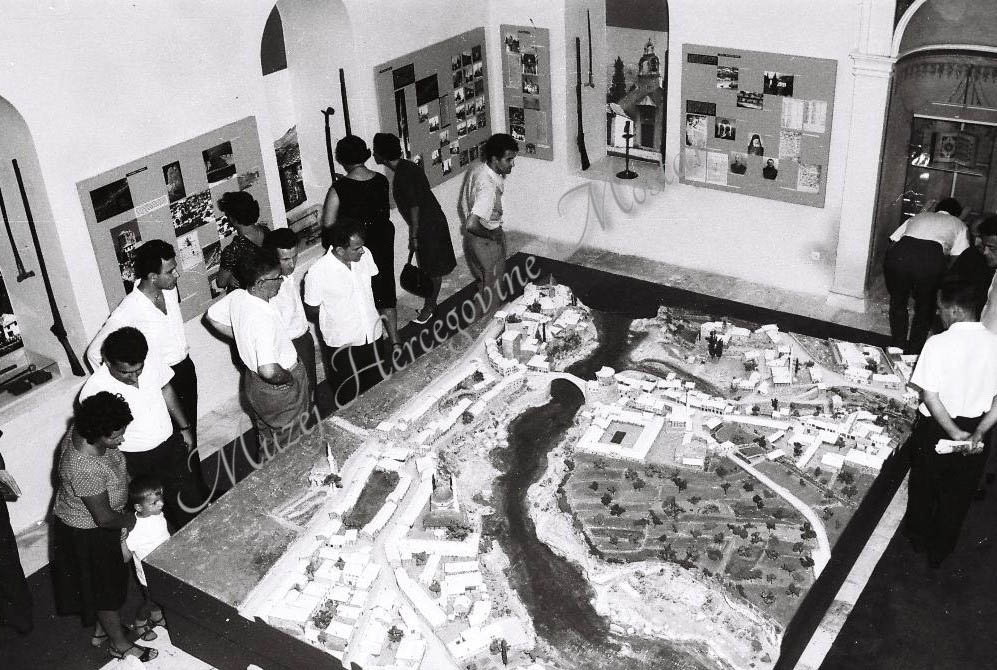
The entire exhibition was destroyed in the war, and the object is no longer in the possession of the Museum.
The birthplace of Svetozar Ćorović was adapted for the needs of the literature department. According to professor Ivan Kordić, a long-time curator in that department, numerous problems accompanied all earlier attempts to collect, process and present the enormous Herzegovinian written treasure. Only with the acquisition of the house of the writer Svetozar Ćorović, the literature department was somewhat resolved, and it officially began its work in 1968.

The permanent exhibition “Life and work of Alekse Šantić” was opened on March 20, 1969. years.
The period of the 70s marks the work of the museum through its departments, where enviable results are achieved. That time is also characterized by the beginning of intensive work of the historical-archaeological department. We highlight the completion of conservation works at the archaeological excavations in Žitomislići.
In the period from May/June 1972, the museum excavated prehistoric tumuli in the area of Gubavica. The results of the excavation confirmed that the discovered archaeological objects from Gubavica belong to the older and younger phases of the Glasinac culture. In addition to the regular tasks of taking care of valuable objects, the ethnological department also works on a scientific project on migrations in Herzegovina, and collects data on the origins of families and villages in these areas.
The museum does its activities daily on multiple scientific researches (documentation, archeology, history). The research was carried out by the employees of the museum, but the role of the museum is to encourage external collaborators to study the objects and other materials kept in the museum.
Publishing activities occupy a special place in the activities of the Museum of Herzegovina. The museum is involved in the cultural and social life of the city and region. Animation acts as a driving force in the museum institution and manifests itself in various forms such as: temporary exhibitions, guided visits, lectures, concerts, workshops, all kinds of events and performances.
U Odjeljenju književnosti se konzervira zbirka pjesama Alekse Šantića u rukopisu od 200 stranica, te Muzej Hercegovine sa časopisom „Sloboda“ organizira prve „Šantićeve večeri poezije“ 30.06.1969. godine, manifestaciju koja će postati jedna od najpoznatijih manifestacija ove vrste u Bosni i Hercegovini i šire.
Izdvajamo ovdje i terenski rad etnološkog odjeljenja u gradovima Prozor, Posušje, Čitluk, Mostar, Nevesinje, Konjic te nastavak rada na arheološkim projektima u 1974. godini na prostorima: Malo Polje, Krehin Gradac, Kruševo, Vihovići, Prozor i dr. Izvršena je rekonstrukcija keramičkih posuda dobijenih arheološkim iskopavanjima prahistorijskih tumula na lokalitetu Gorica u Malom Polju kod Blagaja. Ovo je odjeljenje nastavilo odličnu suradnju sa Zemaljskim muzejem Sarajevo.
Rad Muzeja Hercegovine u ovom periodu bio je u velikom usponu. Muzej je raspolagao sa mnogim muzejskim predmetima od kojih velik broj iznimne vrijednosti. Stručni radnici Muzeja postigli su zavidan nivo naučnog i istraživačkog rada od kojih je veliki broj radova i objavljen. Postavke Muzeja je posjetio velik broj posjetilaca. Ta uloga Muzeja u općem javnom i kulturnom ambijentu grada nije prošla neopaženo pa je Muzej 1976. godine dobio „14. februarsku“ nagradu grada Mostara.
Kao depadans Muzeja Hercegovine 22. aprila 1981. godine otvorena je i Spomen kuća Džemala Bijedića. Za nosioca muzeološke djelatnosti određen je Muzej Hercegovine.


Dana 29. novembra 1984. godine, također kao depadanas Muzeja Hercegovine, otvorena je još jedna spomen kuća, kuća Gojka Vukovića u kojoj je postavljena stalna izložba pod nazivom „Gojko Vuković, život i revolucionarni rad“. Izložbu je sačinjavalo 260 eksponata. Kuća od 1993. godine nije u posjedu Muzeja Hercegovine Mostar.
Vrlo važno je u ovom vremenu spomenuti i pokretanje i izdavanje časopisa „Hercegovina“, periodične publikacije za kulturno-historijsko i prirodno nasljeđe vrlo prepoznatljive u naučnim krugovima BiH i šire, koju su 1981. godine zajedničkim naporima pokrenuli Muzej Hercegovine, Arhiv Hercegovine, te Zavod za zaštitu kulture i prirode Mostar i čije izlaženje traje do danas.
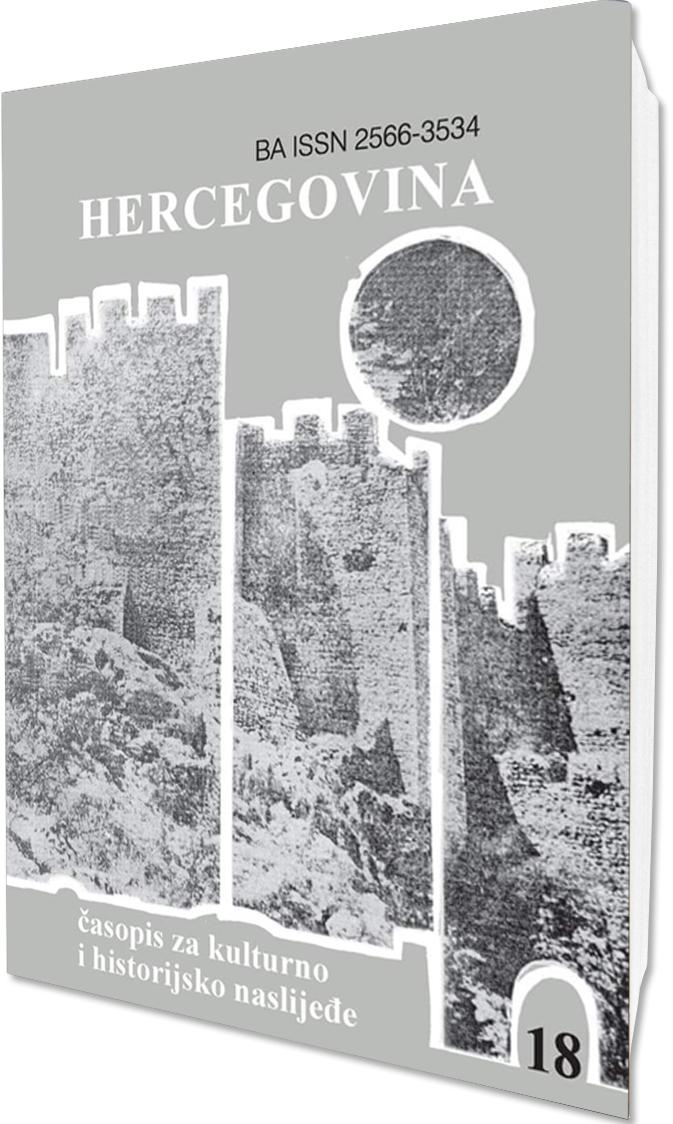
Kraj rata, devedesetih godina prošlog stoljeća, u gradu koji je doživio urbicid, Muzej Hercegovine dočekuje sa velikim ratnim posljedicama. Sagledavajući navedene posljedice i definirajući svoju ulogu prema budućnosti, Muzej Hercegovine polazi od činjenica da je struktura muzeja sačuvana u jednoj maloj jezgri, u ostatku dijela ranijeg muzejskog prostora, u dijelu spašenih zbirki i na kraju u malobrojnom muzejskom kadru. To će biti osnova za dalje aktivnosti i razvoj Muzeja u budućnosti.
Od marta mjeseca 1994. godine počinje intezivni rad na sređivanju i tretmanu spašenih muzealija od strane radnika Muzeja na čelu sa direktorom Sabitom Hodžićem. U decembru 1999. godine Muzej se ponovo vraća u spomen kuću Džemala Bijedića. Uporedo teku i aktivnosti za povrat kuće Svetozara Ćorovića. Kuća je otvorena 8. juna 2000. godine.
Stari most je upisan na listu svjetske baštine UNESCO 2005. godine, .Muzejska postavka o Starom mostu u odjelu „Muzej Stari most“ otvorena je 2006. godine kao novi odjel.

Novi odjel sa stalnom postavkom tzv. Interpretacijski centar MUM otvoren je 2014. godine.

Sa svojom postavkom nudi novosti u smislu prezentacije i interpretacije kulturne baštine i tradicije ovog kraja. Interpretacijski centar krasi i vrijedna etnološka postavka koja po svojoj koncepciji otvara priču iz duhovnog života na ovim prostorima. Izgradnja odjela je bio povod za nominaciju Muzeja Hercegovine za Europsku nagradu muzeja EMYA 2016 (San Sebastijan – Španija).


The museum does its activities daily on multiple scientific researches (documentation, archeology, history). The research was carried out by the employees of the museum, but the role of the museum is to encourage external collaborators to study the objects and other materials kept in the museum.
Publishing activities occupy a special place in the activities of the Museum of Herzegovina.

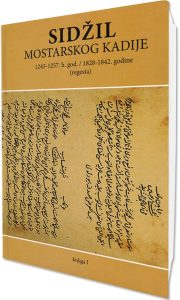
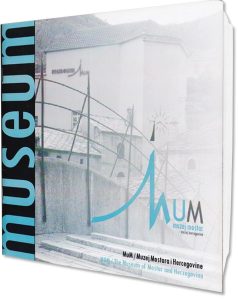
The museum is involved in the cultural and social life of the city and region. Animation acts as a driving force in the museum institution and manifests itself in various forms such as: temporary exhibitions, guided visits, lectures, concerts, workshops, all kinds of events and performances.




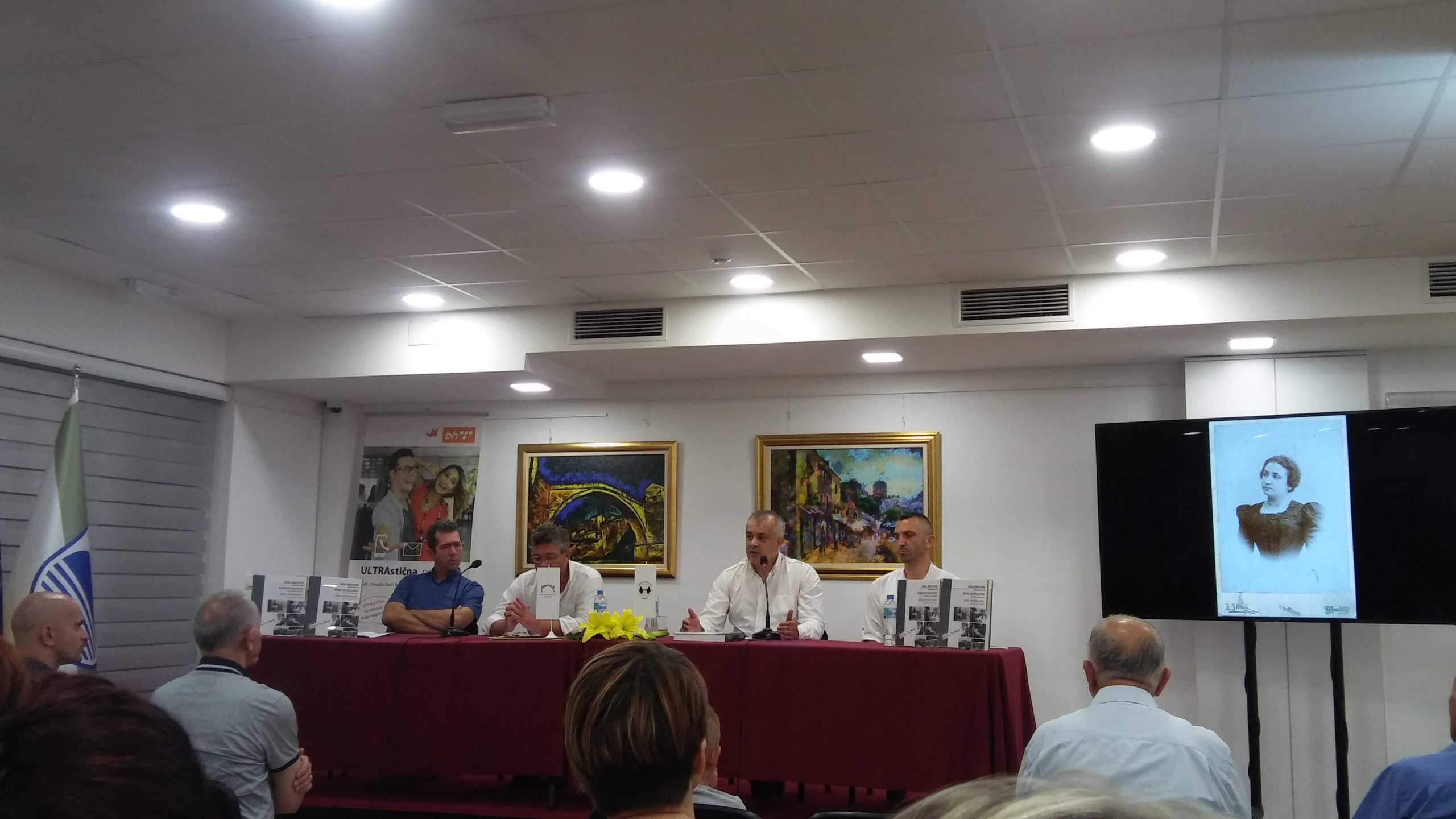

Od izložbi koje su ostale upamćene u duhu gore navedenih animacijskih obilježja spomenuli bi ovdje neke izložbe; izložba UNESCO BiH u sklopu Sarajevske zime 2008. godine u kojoj su učestovali gradovi sa liste i gradovi kandidati Bosne i Hercegovine za listu UNESCO; promocija „Stablo Kotromanića“ u Mostaru 2008. godine; „Otisci pečata srednjovjekovne Bosne“- izložba iz fundusa Muzeja Hercegovine iz 2008. godine; izložba „Umjetnost bosanske musandere“ i izložba „Faksimili srednjovjekovne bosanske književnosti“ sa Forumom Bosna iz 2017.; izložba „Bašluci velikog i malog Carinskog haremau Mostaru“ iz 2000. godine; etnološka izložba o vezu „Djela naših ruku“ 2008; etnološka izložba „Mostar kroz stoljeća“ 2012.; izložba „BiH- štampa od referenduma do nezavisnosti“ iz 2015. godine; izložba „ ZAVNOBiH u izgradnji BiH državnosti“ iz 2015.; izložba „Administrativno-pravni i politički karakter BiH kroz stoljeća“ iz 2016.; serija izložbi o Džemalu Bijediću u povodu obilježavanja godišnjice njegove pogibije; izložba „100 godina od posjete cara Franje Josipa“ Mostar 2010.; dvije izložbe o Srebrenici, prva iz 2011. godine sa Arhivom Tuzlanskog kantona i druga pod nazivom „ Kad je vrijeme stalo“ iz 2017.; izložba „Tragovi prošlosti“ iz 2020. godine: , izložbe „Hamza Humo u zbirci Muzeja Hercegovine Mostar“ i izložba o „Aleksa Šantić u zbirci Muzeja Hercegovine Mostar“; “Izložba informativnog plakata u Mostaru iz perioda Jugoslavije“ 2020.; izložba „Upravni položaj grada Mostara 1833-1918.“ 2020.itd…
The year 2020 was welcomed by the Museum of Herzegovina as the year in which it celebrates 70 years of continuous work and activities.